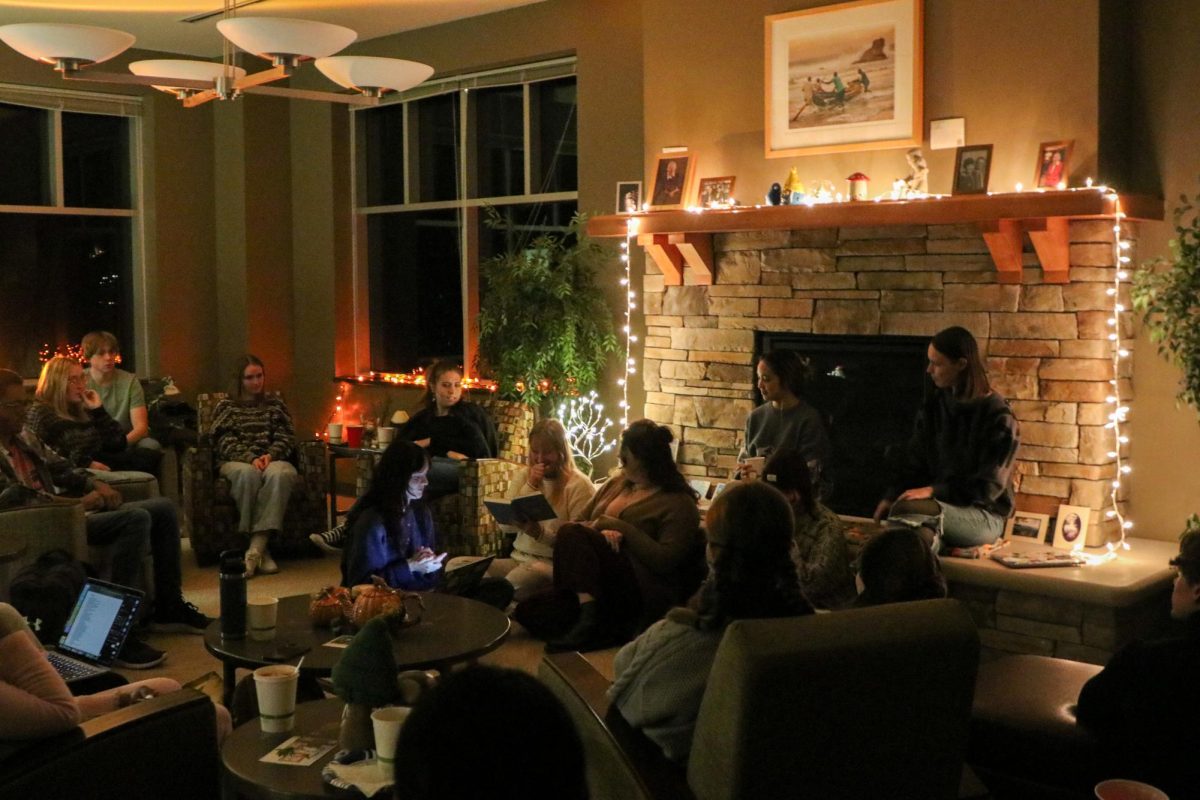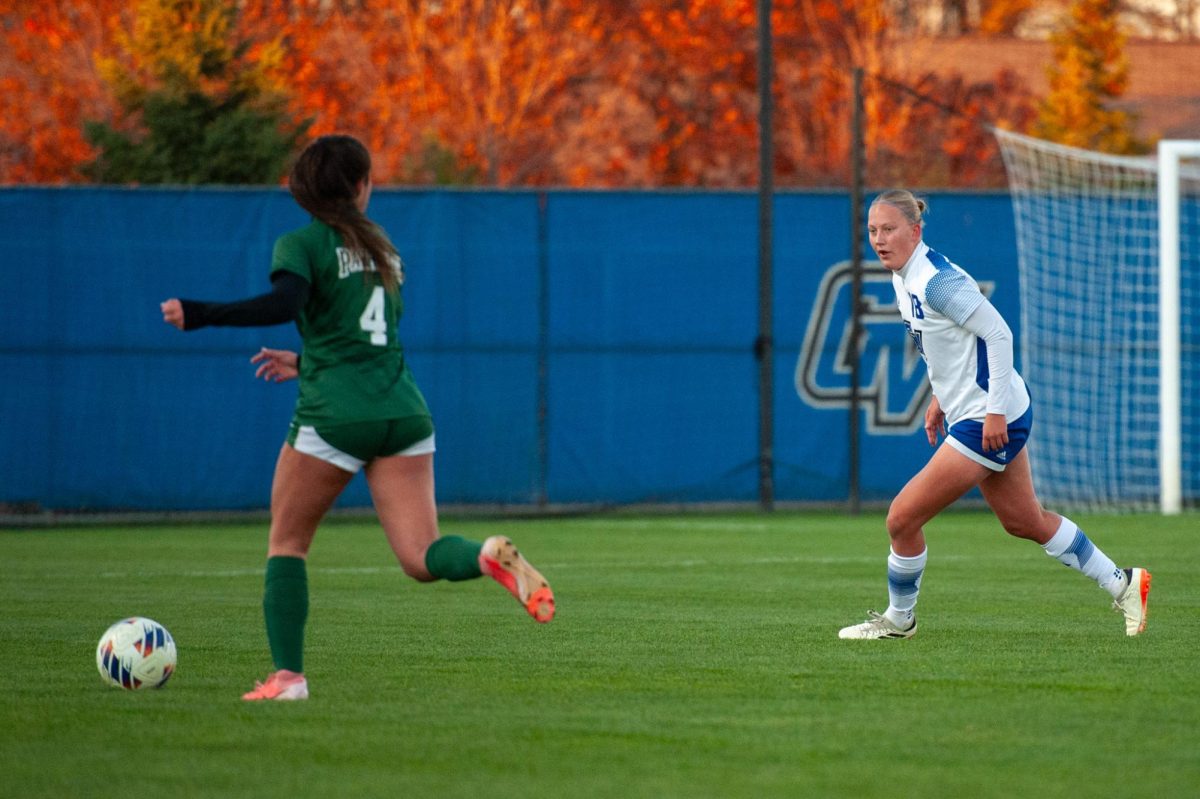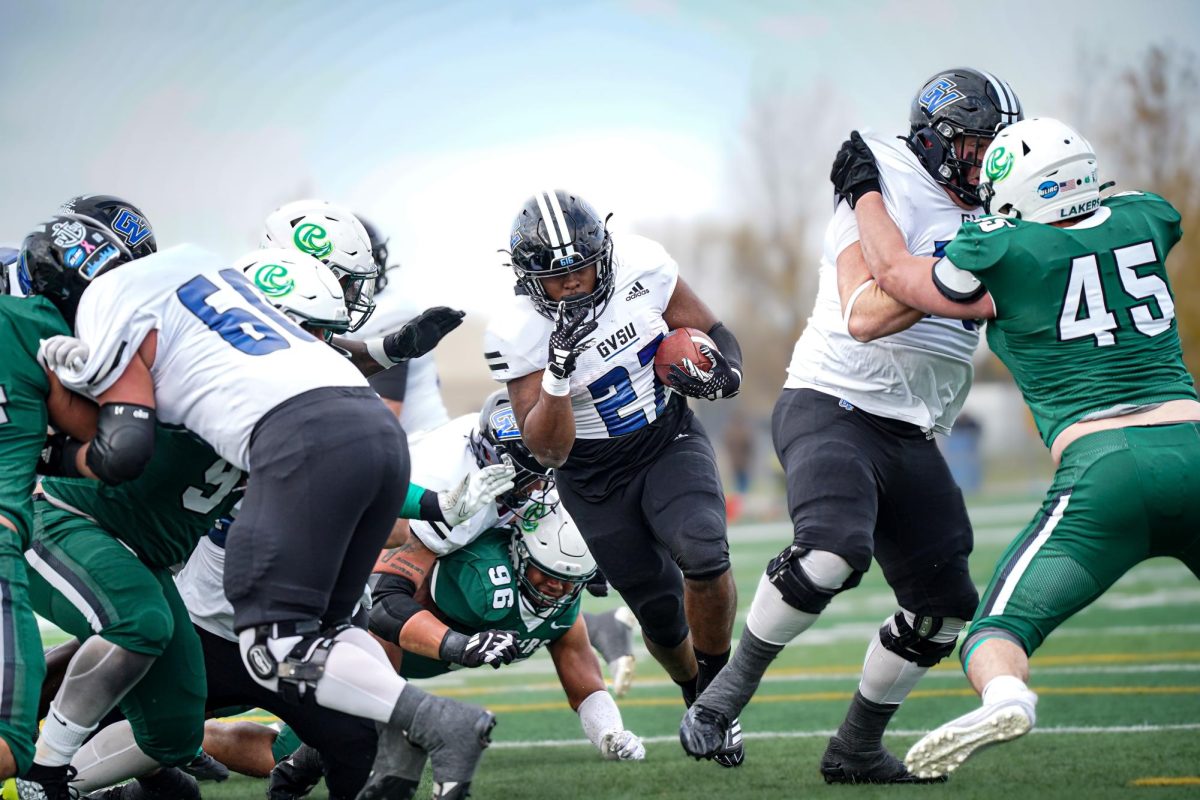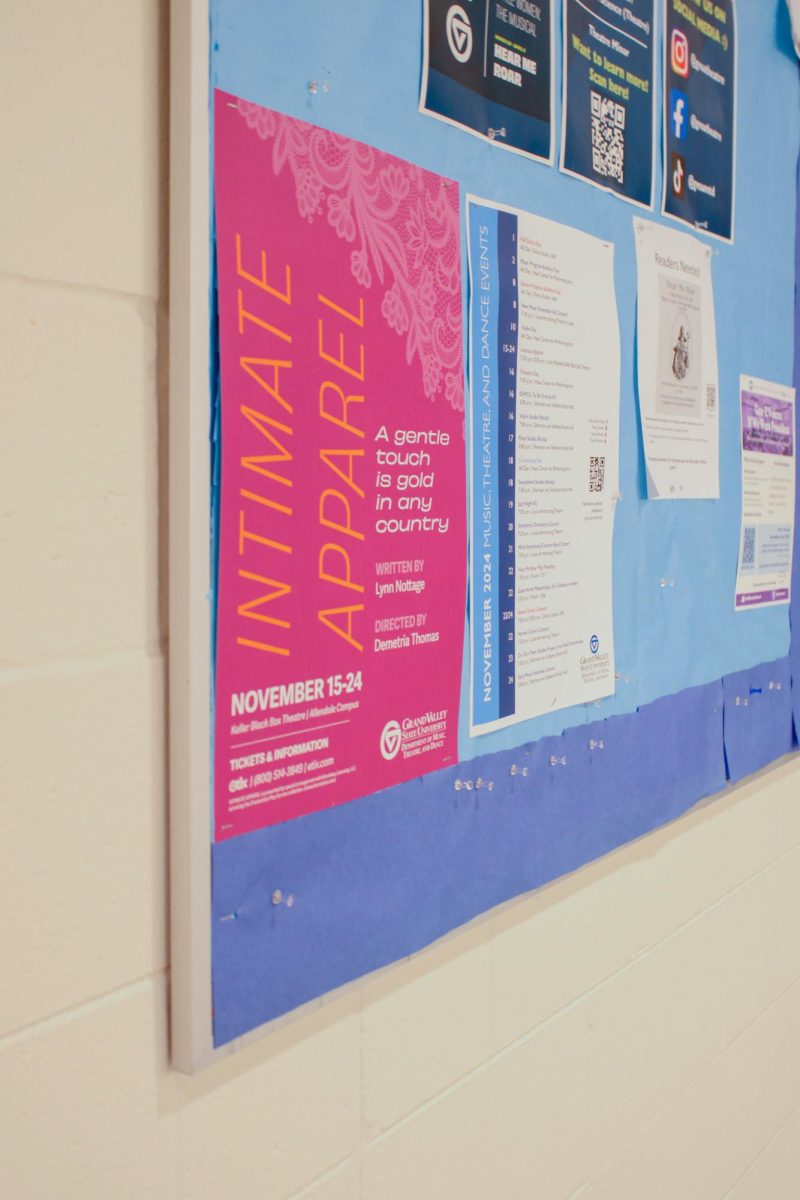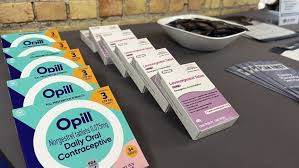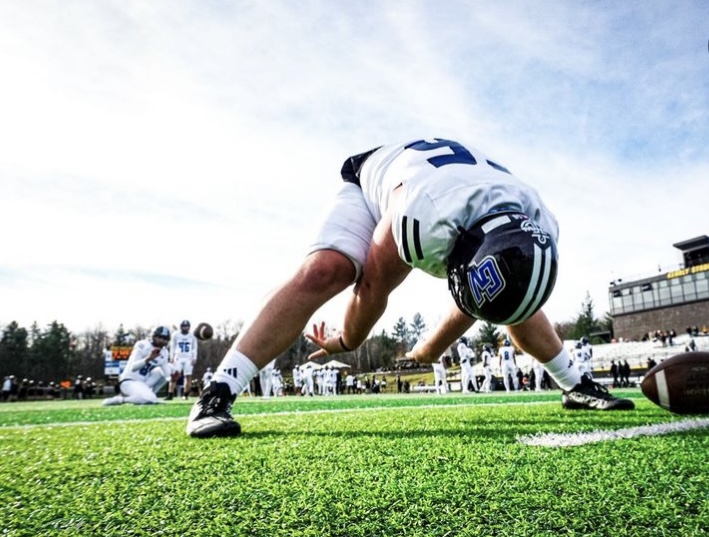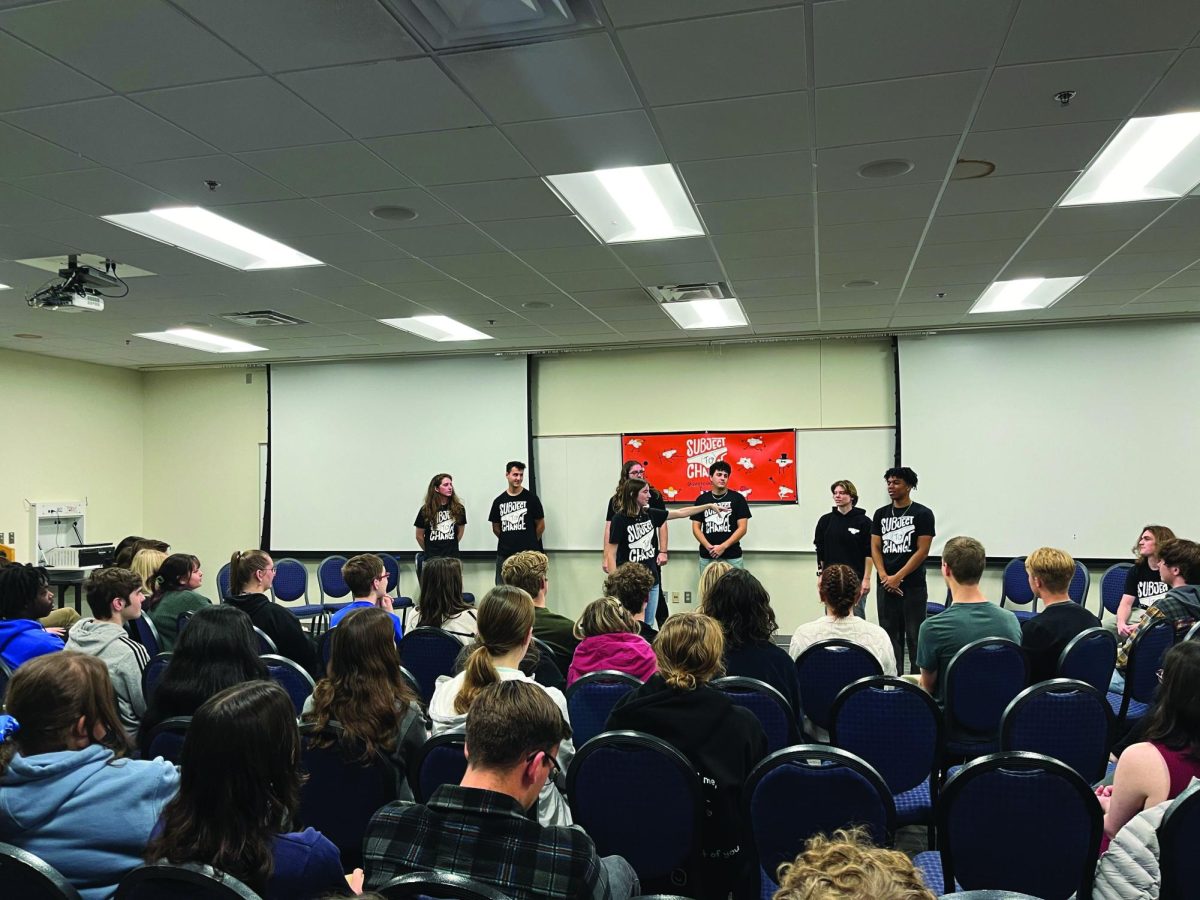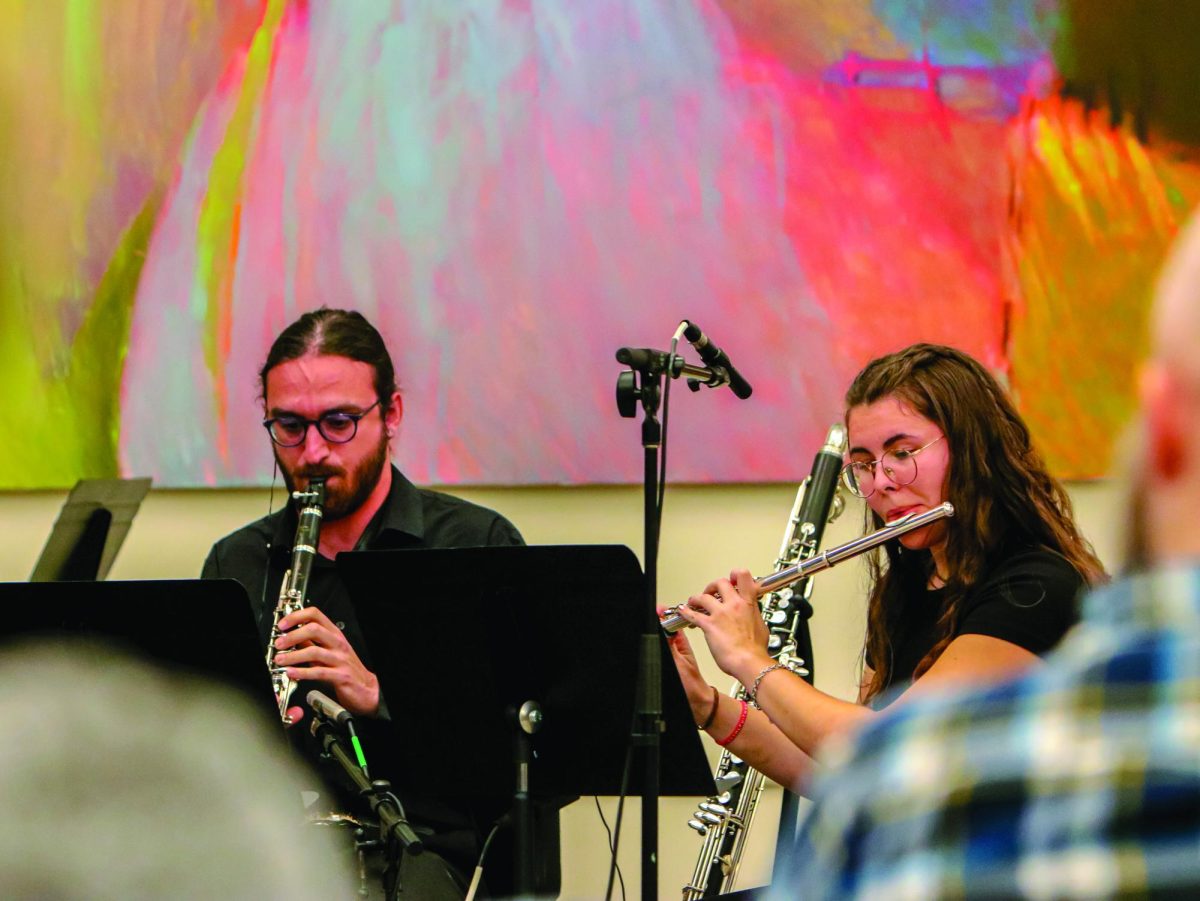Crime is on the rise:
Oct 9, 2014
Since the beginning of this academic year, there have been nine different incidents of theft in the University Bookstore at Grand Valley State University.
The bookstore is currently working with the Grand Valley Police Department to reduce theft and punish offenders.
Items stolen have varied from books and other school supplies to clothing and accessories, qualifying all of these thefts as retail fraud. Last year, there were 19 cases of theft and the number this year seems to be growing at an exponential rate.
“We are identifying these people,” said Captain Brandon DeHaan of GVPD. “This is stealing, and it costs the university time and money that will be spent investigating the crimes and replacing the property. It doesn’t just affect the person stealing, it effects all students at Grand Valley.”
The bookstore has a number of ways of observing and identifying shoplifters even after they have left the store. Often, shoplifters who have left the bookstore are approached by campus police at a later day rather than during the incident itself.
Additionally, the vast majority of thefts from the bookstore are committed by students, some who have admitted to simply wanting the things stolen or not having the money to purchase them. In some cases, there are several accounts of theft for one person.
Those who are caught shoplifting are subject to criminal prosecution, fines and sanctions through the campus judiciary process. Shoplifters that are caught are required to pay restitution of the items stolen, even if the merchandise is returned, due to the time and money involved with apprehending shoplifters.
“Shoplifting potentially hurts everyone, because it is expensive and needs to be considered as a factor in our pricing policies,” said Jerrod Nickels, manager of the University Bookstore.
Depending on the severity of the case, shoplifting can be split into three categories. Third degree – resulting difference in price is less than $200, second degree – resulting difference in price is more than $200 and less than $1,000, and first degree – resulting difference in price is more than $1,000.
During the past five years, this type of crime has risen nationwide at annual rates of 3 to 4 percent. The costs of retail crime was about $128 billion in 2011, according to the Global Retail Theft Barometer issued by the U.K.-based Centre for Retail Research.
Though retail fraud seems to be prominent in college-age students, GVSU is still working to reduce this behavior on campus.
“We are continually looking for potential ways to improve security so that the store assets (which are university property) are protected, but the customer shopping experience is not disrupted,” Nickels said. “Most customers are honest. It’s just a few who make the bad decision to steal.”






